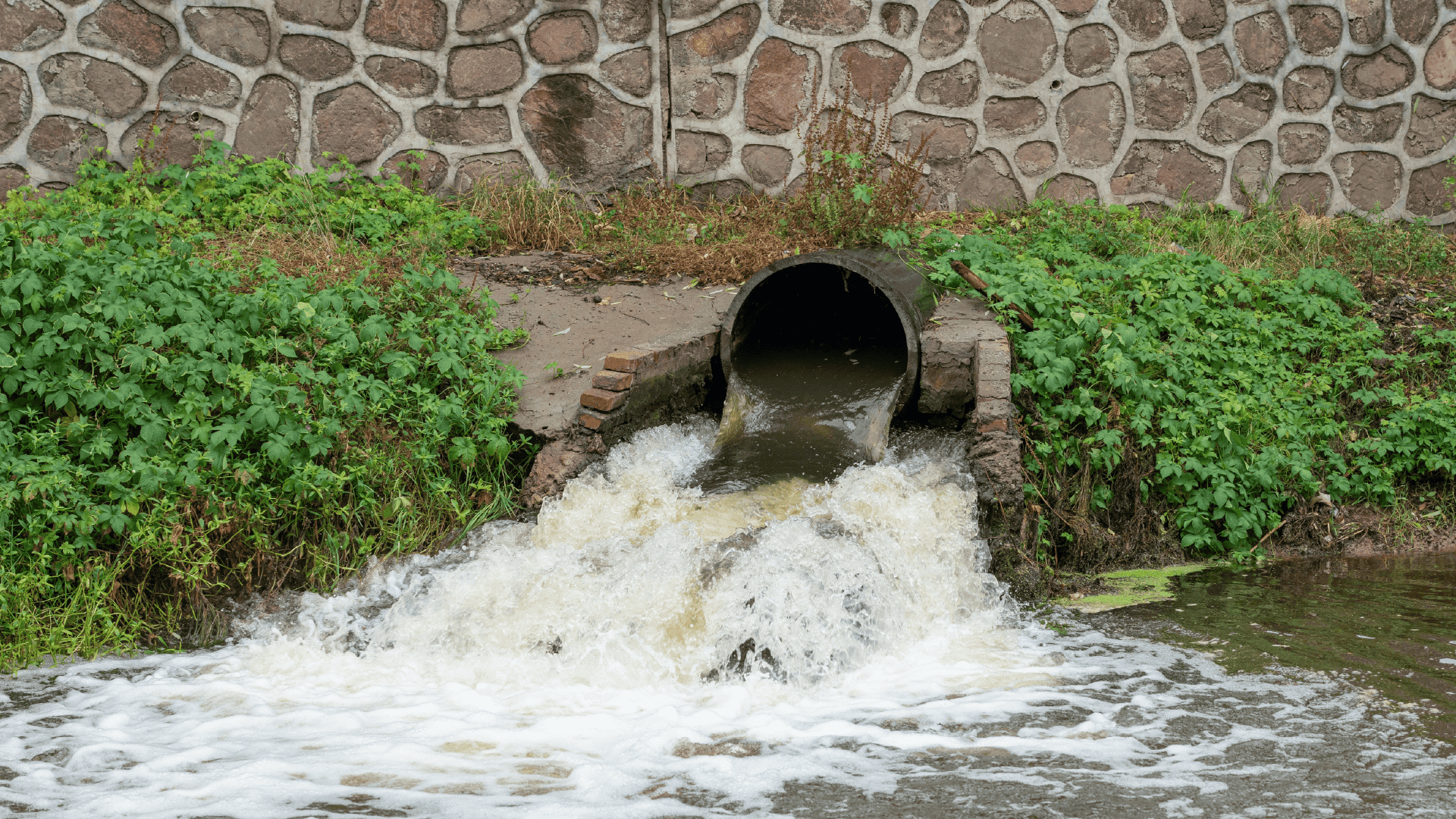
It’s time for the water industry to push SCADA harder
Water companies are facing unprecedented scrutiny in the public domain. Following a slew of negative headlines in the press last year, the UK government launched its largest review of the sector since privatisation. Water companies are under immense pressure to respond and face a tricky balancing act.

Author: Rob Owen
They must deliver better customer experiences, meet regulatory targets and environmental goals, operate in a tightly controlled cost environment, and manage complex and sensitive infrastructure.
The Supervisory Control and Data Acquisition (SCADA) system is a core part of that infrastructure – and holds the keys to striking a balance, getting closer to what’s really happening, and being more adaptable and responsive to future changes.

The main challenges facing the water industry
A UK Government report released in October 2024 revealed a host of pressing issues, including high leakage, water scarcity, slow water meter rollout, and temporary shortages.
Ahead of the next price review period in 2025-2026, water companies must find a way to deliver against the updated WRMP24s – with an increased focus on effective demand management.
The time is now to reassess and extract more value from your SCADA systems.
More than an operational asset
SCADA systems are an established operational tool for water utilities. They combine hardware and software to control and monitor physical assets and understand process performance.
Yet while these systems have performed well on internal metrics against historical standards, they’re typically not being used to their full potential.
The backbone of your analytics infrastructure
When combined with business and third-party datasets, SCADA can accelerate your data maturity for more timely and accurate reporting and analysis.
With deep real-time insight, you can revolutionise asset performance, customer experience and cost management.

Do more with SCADA
SCADA has made significant inroads in quality control, environmental and cost improvements, including:
- Remote visibility of assets, processes and systems
- Reducing response times and system deviations
- Control and optimisation of processes and assets, as well as end-to-end control of complex water and wastewater systems
- Improved tariff management
- Real-time analysis of process quality and physical asset performance
- A robust data source to support standardised management control and continuous improvement processes
But we’re now ready to push SCADA even further. These systems can generate greater value through asset investment and digitisation programmes within the operational domain:
- Water network management: improve network health through real-time flow adjustments and storage optimisation. It can automate end-to-end system control to balance water treatment input, storage levels, and flow demands.
- Wastewater management: track storm overflows to determine frequency, duration, and compliance, coordinating responses across multiple assets to improve network resilience, reduce environmental discharge, and maximise storage utilisation.
- Treatment optimisation: Automate flow controls to ensure consistent product quality and compliance while reducing energy and chemical usage through process optimisation. Integrating energy demand data can also support scheduling operations to minimise costs during peak energy tariff periods.

See more with high-level insights
While significant benefits can realised within the existing SCADA operational domain, we recommend water companies also begin to view SCADA as a critical analytics data source.
By integrating SCADA data with other datasets, you make data-driven decisions about asset management and deliver clear and relevant analysis when reporting on regulatory and environmental matters.
Higher-level insights can provide recommendations and predictions to maintenance teams, helping prioritise limited resources.
Integrating your data estate
Breaking down data silos between SCADA and maintenance, finance, procurement and engineering data can provide rich insights and support key objectives.
These corporate datasets and third-party information help contextualise and interpret SCADA data for external stakeholders and drive data-driven decision-making.
For example, connected SCADA-derived performance data and maintenance logs enable a transition from scheduled or reactive maintenance to condition-based maintenance, operating on a true asset needs basis. Automated systems could provide recommendations to human operators, or directly schedule maintenance jobs in the relevant systems.
SCADA data could also be used to monitor and evidence asset performance against regulatory standards. Through proactive maintenance operators can reduce license deviations and breakdown issues delivering positive results for water quality, customers and the environment while also saving on repair and intervention costs.
Integrating SCADA data with financial systems helps calculate the total cost of an asset, providing clarity for long-term planning and informing future procurement requirements. The benefits of doing so could be extraordinary, and given the scale of water operational costs, even small efficiency gains and deliver huge value.
And lastly, reaching a new level of data maturity means creating a new data culture and technology to support advanced analytics. So it’s important to invest in the teams that will be helping you take this next significant step and sustain your program.
A platform for sustainable value
These data-driven innovations can lead to more efficient processes, fewer breakdowns, and a stronger foundation for continuous improvement. Establishing a joined-up data platform utilities can realise these benefits in the short term, and also establish a flexible foundation for future data-driven workflows.
Current AMP8 investment will see billions spent on infrastructure and digital capabilities that will endure for decades – the industry needs to look ahead to what future data needs might be, and plan accordingly today.
SCADA is as an area with huge potential for network management, regulatory compliance and asset optimisation – and now is the time to focus on improving your SCADA data and environment.
